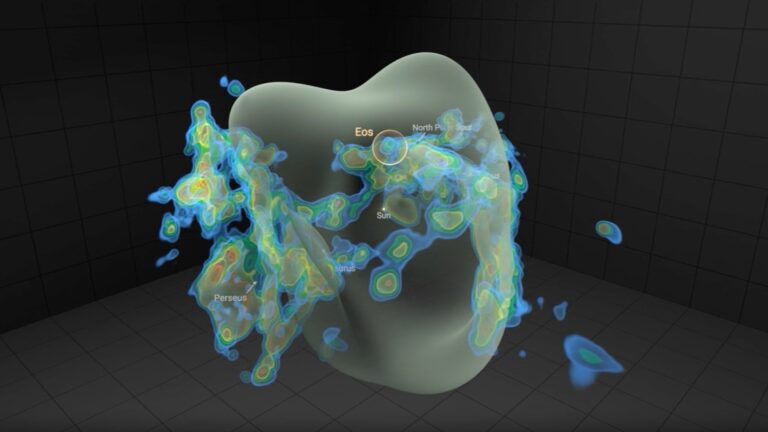
Big Bang Theory Debunked? A Physicist Presents An Alternative – The Daily Galaxy
2025-04-24T18:00:00Z
What if the universe didn’t begin with a Big Bang? A groundbreaking new theory suggests it evolved through a series of rapid, unseen bursts of energy.
A groundbreaking cosmological theory is taking the scientific community by storm, suggesting that the universe did not originate from a single Big Bang. Instead, this bold idea proposes that the cosmos has evolved through multiple, rapid bursts of energy known as temporal singularities.
Temporal Singularities: The Universe’s Hidden Forces
In a new paper published in Classical and Quantum Gravity, Dr. Richard Lieu, a physics professor at The University of Alabama in Huntsville, introduces a fresh perspective on the universe’s expansion.
According to Lieu, the cosmos is not the product of a one-time Big Bang. Rather, it has grown through a series of ultra-fast, step-like bursts that release energy and matter across the entire universe.
Lieu’s model is a departure from conventional thinking. It challenges the widely accepted idea that dark matter and dark energy are responsible for the universe’s mysterious behaviors.
Instead, Lieu proposes that these temporal singularities—unseen and untouchable by current observation techniques—are the driving force behind cosmic evolution.
No Need for Dark Matter or Dark Energy
One of the most exciting aspects of Lieu’s model is that it offers an explanation for the universe’s expansion without relying on dark matter or dark energy—two elusive concepts that have long been used to explain phenomena like cosmic acceleration.
According to the physics professor, temporal singularities create what’s known as negative pressure, a type of energy density that causes the universe to expand at an accelerating rate.
In this model, the singularities fill the universe with energy and matter, yet because these bursts happen at such incredible speeds, they are invisible to us.
The theory suggests that the reason dark matter and dark energy have never been observed is that they exist only during these bursts. Once the singularity fades, these forces vanish, leaving behind the galaxies and structures we see today.
Lieu’s theory also dismisses the idea of exotic concepts like “negative mass” or “negative density,” which have been proposed in other cosmological models. Instead, he focuses on the idea that these rapid, recurring bursts of energy could provide all the necessary components for the universe’s expansion.
Lieu’s Model (Computer illustration)
A Path to Validation: Ground-Based Telescopes
Dr. Lieu suggests that instruments such as the Keck Observatory in Hawaii or the Isaac Newton Group of Telescopes in Spain could provide the data necessary to test his ideas. By examining deep-field observations and analyzing the redshift-distance relation in detail, researchers might be able to detect subtle jumps that indicate the presence of these temporal singularities.
Lieu believes that these observations, if successful, would provide crucial evidence for his model and potentially revolutionize our understanding of the universe. It could mark a significant departure from the Big Bang theory, opening the door to new discoveries about how the cosmos expands and evolves.
“The best way to look for the proposed effect is actually to use a large ground-based telescope – like the Keck Observatory in Waimea, Hawaii, or the Isaac Newton Group of Telescopes in La Palma, Spain – to perform deep field observations, the data of which would be ‘sliced’ according to redshift,” explained the researcher.
Auto-posted from news source






